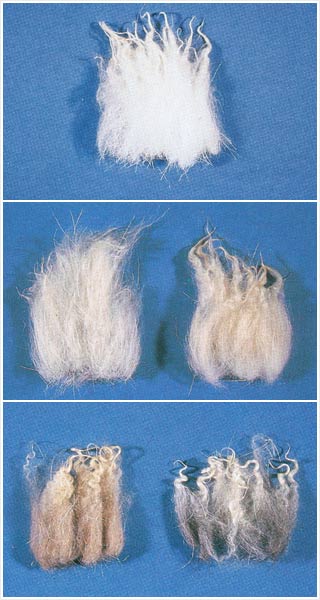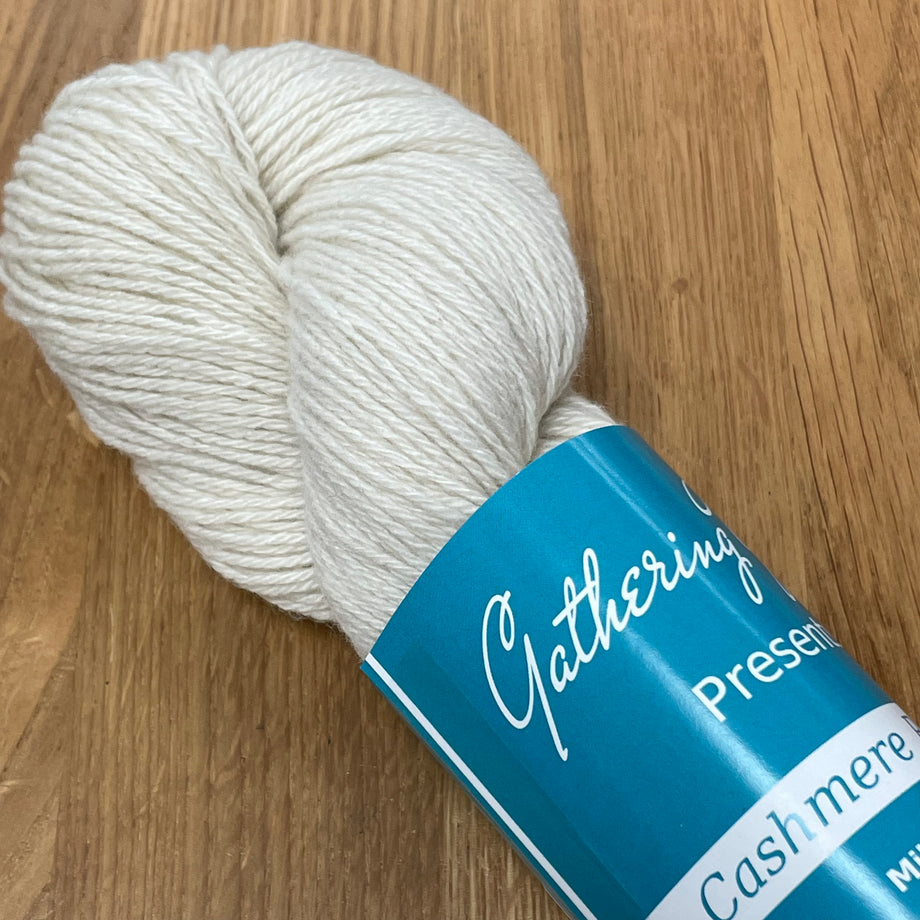The Intriguing Process Behind Producing cashmere Fibre and Its Benefits
The Intriguing Process Behind Producing cashmere Fibre and Its Benefits
Blog Article
Checking Out the Various Types of Cashmere an All-natural Fiber for Ultimate High-end
Cashmere, an all-natural fiber, is often associated with luxury and comfort. The a lot more affordable Chinese cashmere, the conventional Scottish variant, and the premium Italian blend, all tell a different story of this amazing fiber.
Understanding the Luxurious Nature of Cashmere
Cashmere, frequently connected with luxury and convenience, holds an unique allure on the planet of all-natural fibers. This soft, light-weight material is coveted for its outstanding warmth and amazing resilience. Unlike various other natural fibers, cashmere combines insulation with breathability, using unparalleled convenience across varying temperatures. Its glossy surface and soft texture add to its high-end appeal, warranting the premium price that usually features cashmere garments. Additionally, cashmere's integral crease resistance and elasticity enhance its desirability, making it a recommended selection for costs apparel and devices. In spite of its delicate appearance, cashmere possesses a surprising durability, able to retain its form and glamorous feeling over time. This unique blend of attributes seals cashmere's placement as a sign of sophistication and indulgence.
Just What Is Cashmere and Where Does It Originate from?

Cashmere is obtained from the soft undercoat of cashmere goats, primarily located in Mongolia, China, Iran, and Afghanistan. This meticulous procedure adds to the deficiency and high price of cashmere. With its origin in the rough landscapes of Asia, cashmere is a testimony to nature's capability to generate deluxe from adversity.
Deciphering the Various Kinds Of Cashmere
Recognizing the different kinds of cashmere is key to valuing the quality and distinct qualities of this elegant material. Normally, cashmere is classified right into 3 types: raw, virgin, and recycled. Decoding these kinds is the first step in understanding the exclusivity and value of cashmere.

The One-of-a-kind Features of Each Type of Cashmere
Having actually explored the various groups of cashmere, it emerges that each type boasts its unique set of qualities. Mongolian cashmere, as an example, is renowned for its premium top quality, due to Mongolia's extreme winters that create longer and finer fibers. Conversely, Chinese cashmere is usually a lot more affordable, though its much shorter fibers can lower resilience. Scottish cashmere is celebrated for its charming soft qualities, an outcome of the typical water cleaning process utilizing Scotland's soft water. Italian cashmere, at the same time, is famous for its skillful blending and tinting techniques, providing it flexible and vivid. Indian cashmere, additionally recognized as Pashmina, is cherished for its extraordinary lightness and heat. Each type, therefore, adds to the fabric's track record for luxury.
Why Cashmere Is the Embodiment of Deluxe in vogue
Cashmere like this holds a renowned placement worldwide of fashion, regarded as an icon of deluxe and class. Its allure is not just in its softness and heat, yet also in its rarity and the careful process included in its procurement. Cashmere is originated from the fine undercoat of Himalayan goats, recognized for their premium high quality fiber. The deficiency of this fiber, incorporated with the labor-intensive process of collection, adds to its high price and exclusive condition. Cashmere's unparalleled convenience and durability make it a popular material in the production of premium garments. Its all-natural lightweight and insulating residential properties contribute to its desirability, making it the epitome of luxury in vogue.
The Refine of Making Cashmere: From Goat to Garment
The trip of cashmere, from being an undercoat of a Himalayan goat to an elegant garment, is an elaborate one. With the introduction of springtime, farmers in Mongolia and China gather the wool by combing the goats, guaranteeing no damage is done. The obtained wool consists of rugged external hair and soft downy undercoat. This mix is after that meticulously separated, with just the soft down used for cashmere. This raw cashmere is washed, dyed and spun right into yarn. The yarn is then woven or knitted right into textiles. The final action entails washing and pushing to give the material its particular softness and warmth. From goat to garment, each step is a testimony to the skill, virtuosity and patience associated with crafting cashmere.

Verdict
In verdict, cashmere, with its natural beauty and unrivaled convenience, rules supreme in the world of deluxe style. The diversity in kinds, varying from the soft Mongolian, lightweight Indian Pashmina, inexpensive Chinese, traditional Scottish, to the vibrant Italian, exposes the flexibility of this all-natural fiber. The scrupulous procedure of you can check here transforming it from look here a goat to a garment further contributes to its exclusivity, making cashmere the epitome of refinement and high-end.
Cashmere, an all-natural fiber, is typically associated with luxury and comfort (is cashmere a natural fiber).Cashmere, usually connected with luxury and comfort, holds an unique attraction in the globe of natural fibers. Unlike various other natural fibers, cashmere combines insulation with breathability, using unparalleled comfort across differing temperatures. Cashmere is obtained from the soft undercoat of cashmere goats, primarily discovered in Mongolia, China, Iran, and Afghanistan. Cashmere is acquired from the great undercoat of Himalayan goats, known for their exceptional quality fiber
Report this page